You can trust Cyclingnews
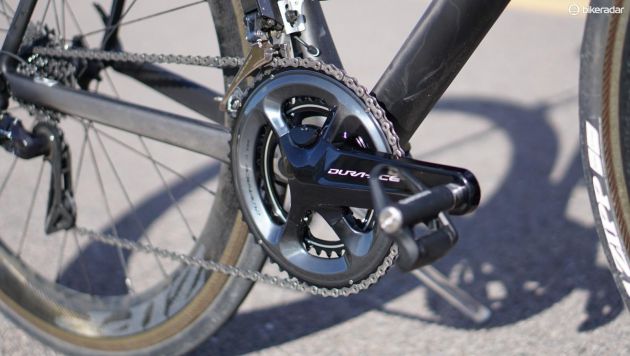
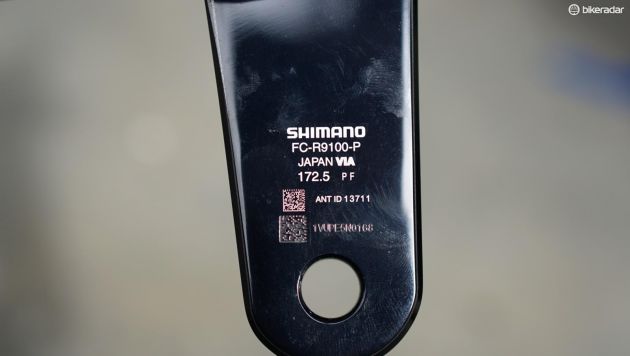
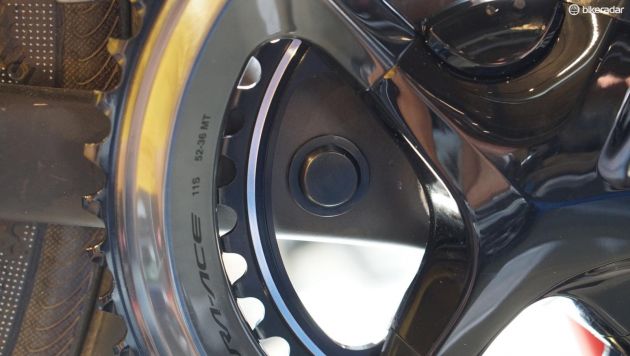
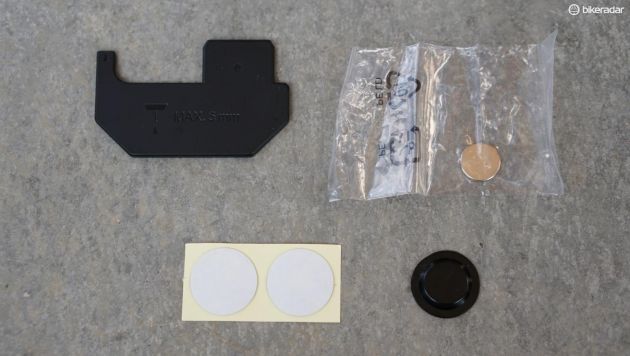
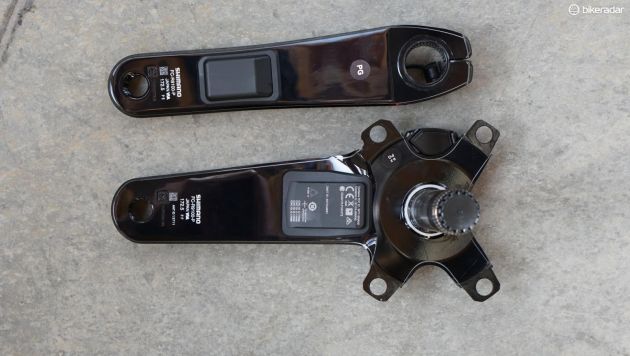
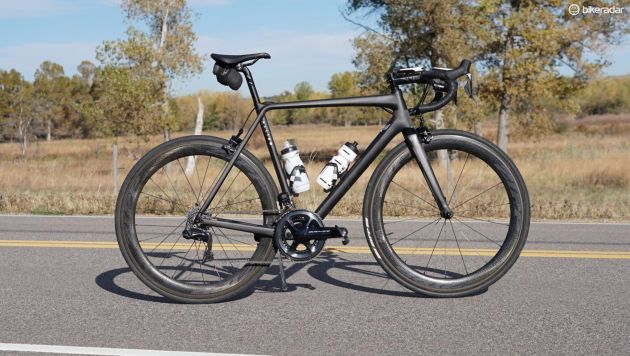
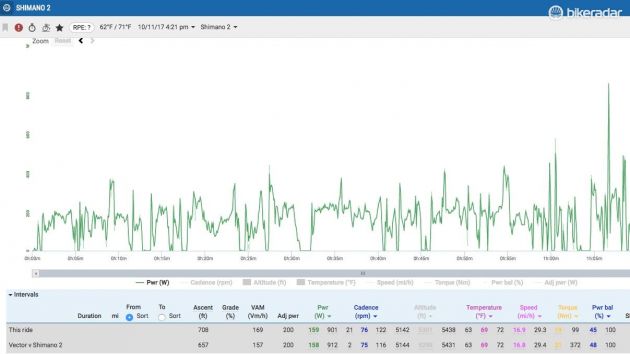
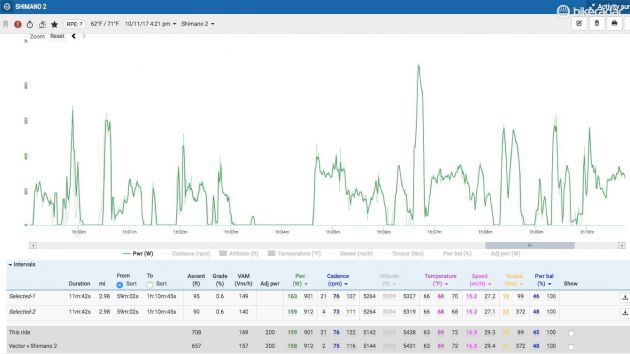
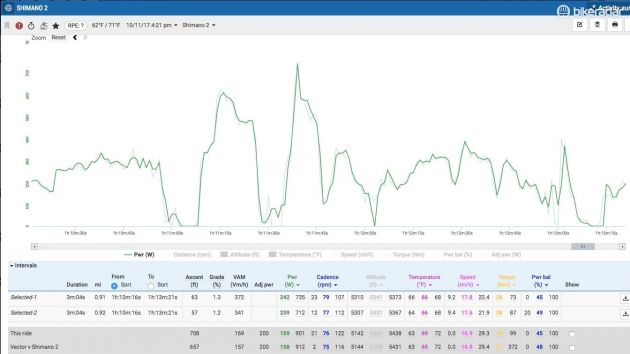
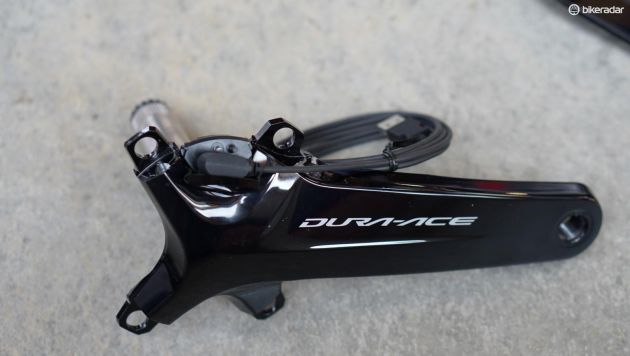
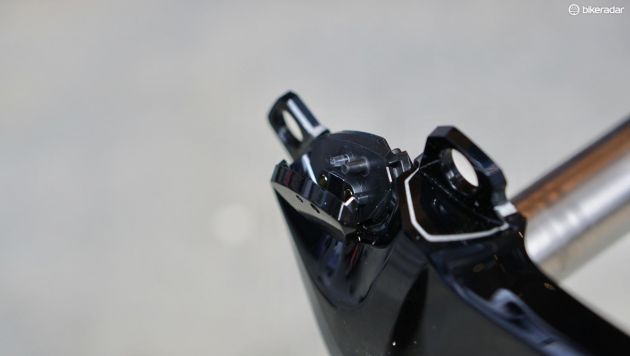
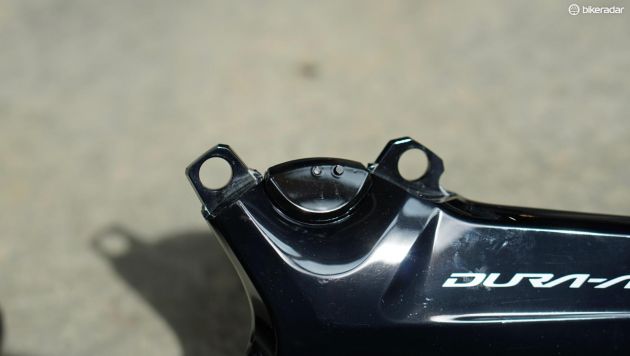
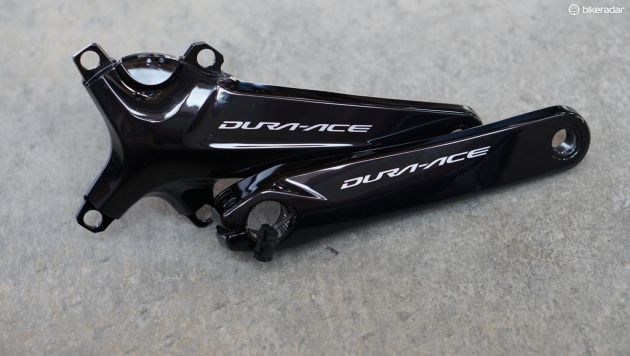
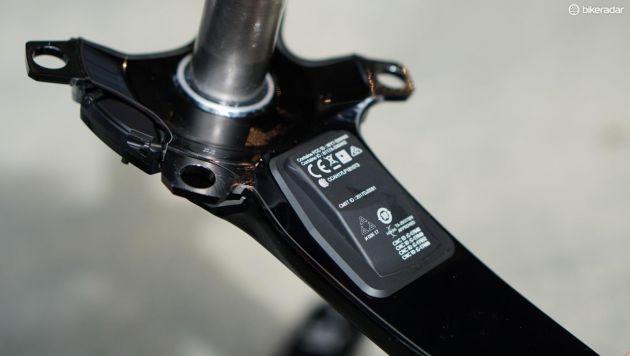
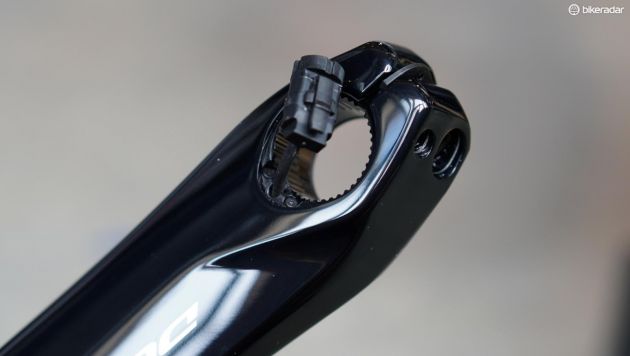
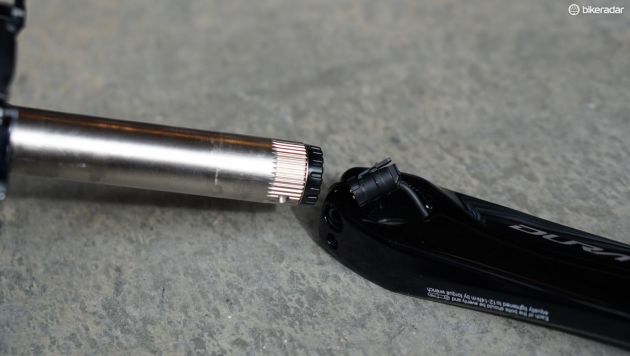
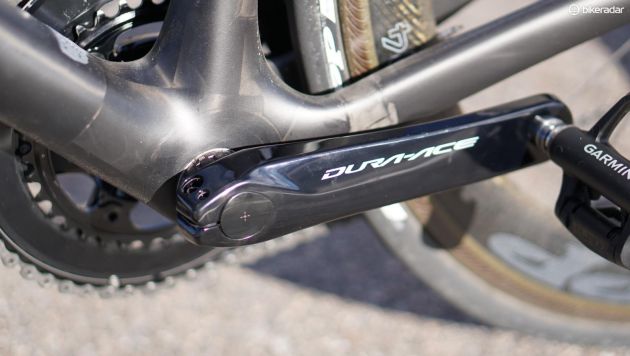
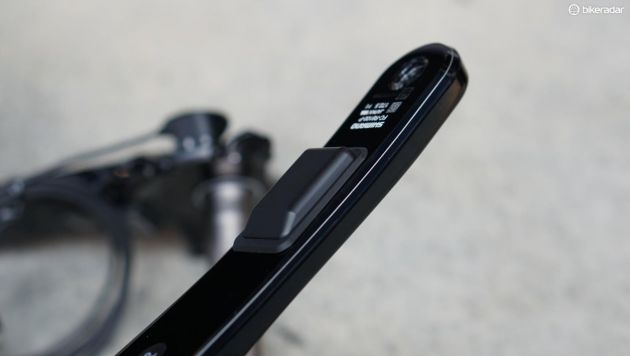
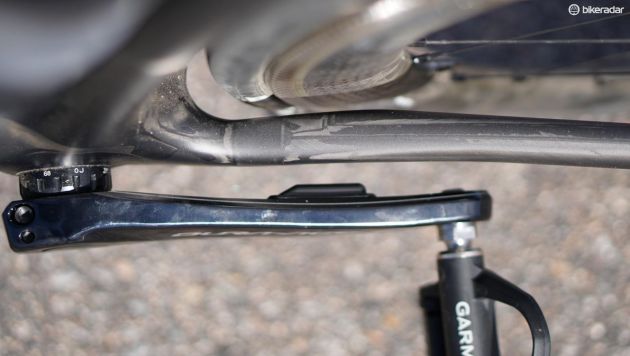
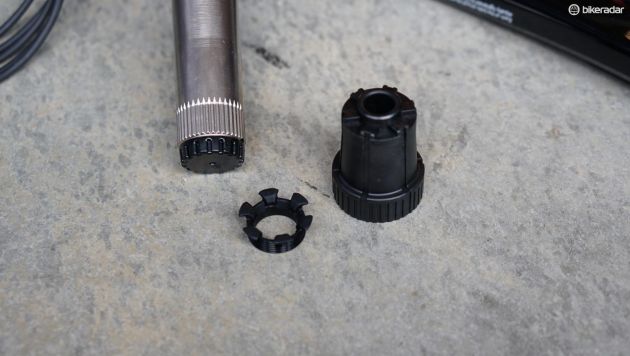
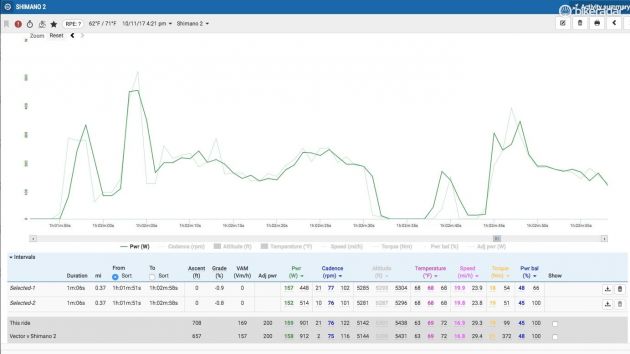
This article originally appeared on BikeRadar
At long last Shimano is in the power-meter market with the Dura-Ace R9100-P, which you will be able to buy in November as a crankset or as just the arms without chainrings.
After four rides comparing it to other meters the R9100-P tracks nicely along with the others, albeit a fraction lower. That isn't to say one meter is right or another wrong — that is just how they compare.
Shimano Dura-Ace R9100-P features
- ANT+ and Bluetooth
- 300hr claimed life on battery that is recharged with magnetic cable
- True left/right measurement
- Crank sensors connected with a cable, so only one signal and one battery
- Claimed waterproof
- Claimed +/- 2% accuracy
- 53/39, 52/36 and 50/34 options
- 70g additional weight for any Dura-Ace crankset

The R9100-P can be purchased as a complete crankset or just the arms and spindle
Construction details and secrets
Built into the same mold as the 9100 crank, the R9100-P is an alloy crankset with strain gauges installed on the inside of each arm. Shimano declines to specify anything about the strain gauges except to say the system is less sophisticated than the company's Bikefitting.com indoor analysis tool.
A few power meters measure left and right power separately, including options from Pioneer, 4iiii and, soon, Stages. But all of these send signals from one arm to the other, then to the head unit. Shimano's system is unique in that the two meters are hardwired together through the spindle, so only a single signal is sent.

Although power is measured distinctly on both sides, the meter only sends one signal
Similarly, the Shimano meter uses a single battery to power both arms. A magnetic cable connects to the meter underneath a plastic flap that pulls back, and a charge lasts a claimed 300 hours. The idea of the closed system is to completely seal out water.

Shimano is not disclosing how many strain gauges it uses in each crank
What it does, and what it doesn't do
The Shimano meter measures power for each leg, and delivers the left/right data over ANT+ to any compatible head unit.
Besides the wattage and left/right balance data, it also delivers efficiency and smoothness metrics.

The left crank connects to the right via this plug
What it doesn't do is show where in the pedal stroke power is produced — the way Garmin and Pioneer meters do (when paired with their respective head units). Shimano's Bikefitting.com system does offer this pedal-stroke analysis in 3D.
The Shimano meter pairs with the E-Tube app via Bluetooth, but it doesn't yet send power data to computers on Bluetooth. This is fairly standard for power meters and computers, with notable exceptions being Stages, which does both ANT+ and Bluetooth, and Look/Polar, which only does Bluetooth.
Comparisons to data from Garmin Vector 3 and Wahoo Kickr
Testing power meters is a funny thing. The numeric feedback makes it easy to compare, but the nature of meters makes it impossible to know which is correct. So, what I do is run multiple meters and look for trends.
After getting my hands on a Garmin Vector 3 sample, I've done nearly 20 tests with the power meter pedals paired to meters from Stages and Pioneer, and mounted on various smart trainers. (Stay tuned for a massive smart trainer feature!) In that time I've found the Vector 3s to be consistent in their readings, tracking along about six watts lower than the Pioneer.

I did a few rides with the Shimano meter (in dark green) and Garmin Vector 3 pedals (in light green). Average power for the meters on this particular ride was within a single watt
For context, the best power meters and smart trainers track along similarly; whether higher or lower than each other, the important thing is that they report consistently. The worst power meters fluctuate in their readings. One example is a meter that will read above others at sub-200w power, but then well underneath them when above 350w. That's not good.
In light of that, I found the Shimano and Vector 3 meters to track in parallel. The first two rides featured a difference in average power of one and two watts, respectively. That is highly unusual, and gratifying.
What was odd was how the Shimano meter showed 55/45 left/right balance, which is considerably more skewed than the 50/50 to 52/48 I've normally seen over the years with other left/right meters, and a greater split than the Vector 3s showed on the same rides.

The Shimano and Garmin meters generally tracked quite closely, which isn't always the case with power meters!
The next pair of rides returned a wider delta between the two meters, between six and nine watts at roughly 180w average over an hour or more. In all four rides the Shimano readings were below the Vector 3.
After the four rides I heard back from Shimano that I needed to do a firmware update, which seemed, after a quick check, to have better aligned the left/right balance. I'll update this review after more rides and testing against other meters.
To be clear, I am not positing that the Vector 3's measurement is the absolute truth, just that is has shown itself relatively consistent in testing against other meters thus far.
Also, remember that both meters have a claimed accuracy of +/- 2 percent, so a 1–9w variation at 180w is in the neighborhood of the advertised margins.

The more you zoom in, the more little variations you can see
The Wahoo Kickr smart trainer read consistently higher than the Vector 3s and certainly the Shimano. In my experience, the Kickr aligns more closely with Stages and Pioneer meters. Which is 'correct'? Beats me. But in light of other consistent meters, the Shimano meter tracks well.
The R9100-P requires a magnet on the driveside of the frame, and it takes two full revolutions to wake up the meter from a stop or after coasting. At a quick cadence the Shimano meter would start reading as quickly as the Vector 3, but at a very slow cadence it took a split-second longer. Once pedaling there was no difference.
Shimano Dura-Ace R9100-P power meter early verdict
Shimano initially promised the meter in May, but opted to keep working on quality control over staying on schedule. The move is classic Shimano - dependability over flash. Based on years of experience with Shimano products, I am hopeful that the R9100-P will prove as durable as the Japanese company's pedals.
Hopes aside, initial testing has indicated that power data is consistent. The sample meter I have tracks slightly lower than other meters I've used. Is that indicative of all Shimano meters or just this one? I don't know.
At first blush, the R9100-P seems like a solid training tool.

The meter requires a single magnet on the frame
Visually the meter blends right in with the latest 9100 series groups and you will soon be able to buy not only groups but complete bikes such as the Giant Propel Advanced SL Disc with the meter.
With Shimano having the hyper-detailed Bikefitting.com in house now for the past few years, it is a little disappointing that the R9100-P doesn't have more granular power measurements.
I will continue testing the meter against a variety of others and will update this review when I have a larger data set and can speak to things like its resistance to water and the durability of the plastic cover over the battery charging port.

Left and right meters, connected via the 24mm spindle
Name: Dura-Ace R9100-P Power Meter
Built by: Shimano
Price: £1,499.00 / US$1,550.00 / AU$1,999.00
SetUp: Crank
Weight: 691
Left/Right Measurement: Yes
Battery: rechargeable lithium-ion
Battery Life: 300 hours